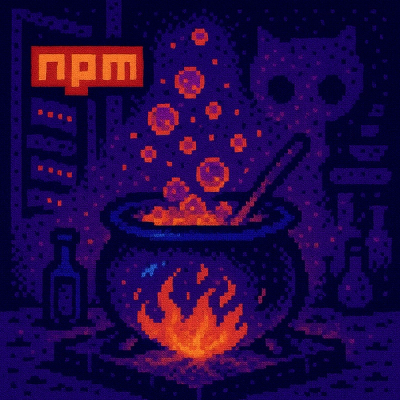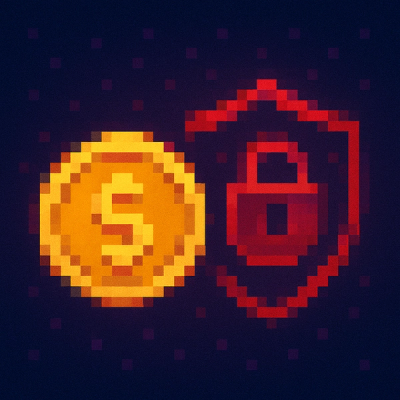
Security News
The Changelog Podcast: Practical Steps to Stay Safe on npm
Learn the essential steps every developer should take to stay secure on npm and reduce exposure to supply chain attacks.
@jcoreio/iron-pi-device-client
Advanced tools
Client library for reading and writing Iron Pi input and output states
Client library for reading and writing Iron Pi input and output states
npm install --save @jcoreio/iron-pi-device-client
or
yarn add @jcoreio/iron-pi-device-client
const {IronPiDeviceClient} = require('@jcoreio/iron-pi-device-client')
const client = new IronPiDeviceClient()
client.start()
By default, the client connects to a UNIX socket at /tmp/socket-iron-pi. If you're running
in a container and the socket is mapped to a different location, use the optional unixSocketPath
parameter to specify the path to the socket:
const client = new IronPiDeviceClient({ unixSocketPath: '/volume/socket-iron-pi' })
client.on('devicesDetected', hardware => console.log(hardware))
Output:
{
"devices": [
{
"address": 1,
"ioOffset": 0,
"model": {
"name": "iron-pi-cm8",
"version": "1.0.0",
"numDigitalInputs": 8,
"numDigitalOutputs": 8,
"numAnalogInputs": 4,
"hasConnectButton": true
}
},
{
"address": 2,
"ioOffset": 8,
"model": {
"name": "iron-pi-io16",
"version": "1.0.0",
"numDigitalInputs": 16,
"numDigitalOutputs": 16,
"numAnalogInputs": 8,
"hasConnectButton": false
}
}
],
"serialNumber": "ABCDEF",
"accessCode": "MNOPQRST"
}
client.on('deviceInputStates', deviceInputStates => console.log(deviceInputStates))
{
"inputStates": [
{
"address": 1,
"ioOffset": 0,
"digitalInputs": [true, false, false, false, false, true, true, false],
"digitalInputEventCounts": [1, 0, 0, 0, 0, 2, 2, 0],
"digitalOutputs": [false, false, false, false, false, false, false, false],
"analogInputs": [4.98, 0, 0, 0],
"connectButtonPressed": false,
"connectButtonEventCount": 0
}
]
}
client.setOutputs({outputs: [
{
address: 1,
levels: [true, true, true, true, false, false, false, false]
},
]})
client.setLEDs({leds: [
{
address: 1,
colors: 'ggr'
},
{
address: 2,
colors: 'ggr'
},
]})
Messages are sent independently to each board.
The colors field indicates a sequence of colors. For example, ggr would flash a pattern of green, green, and red.
Supported colors are:
g: greenr: redy: yellowFAQs
Client library for reading and writing Iron Pi input and output states
The npm package @jcoreio/iron-pi-device-client receives a total of 6 weekly downloads. As such, @jcoreio/iron-pi-device-client popularity was classified as not popular.
We found that @jcoreio/iron-pi-device-client demonstrated a not healthy version release cadence and project activity because the last version was released a year ago. It has 3 open source maintainers collaborating on the project.
Did you know?

Socket for GitHub automatically highlights issues in each pull request and monitors the health of all your open source dependencies. Discover the contents of your packages and block harmful activity before you install or update your dependencies.

Security News
Learn the essential steps every developer should take to stay secure on npm and reduce exposure to supply chain attacks.

Security News
Experts push back on new claims about AI-driven ransomware, warning that hype and sponsored research are distorting how the threat is understood.

Security News
Ruby's creator Matz assumes control of RubyGems and Bundler repositories while former maintainers agree to step back and transfer all rights to end the dispute.